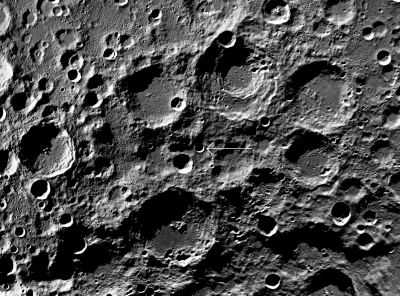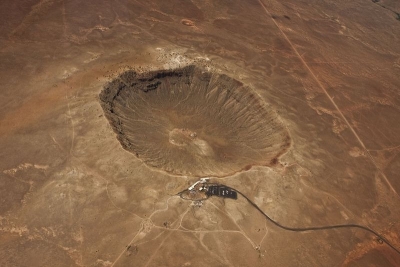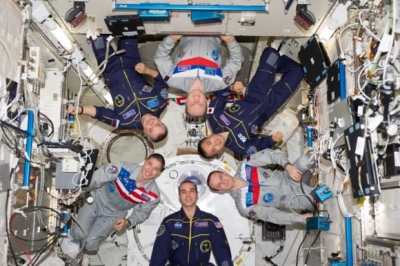
UNIVERSE
Everything that we can think of and everything else that exists – all belong to the Universe. From grains of sand to tall buildings, from particles of dust to giant stars and planets, from microscopic bacteria to people – all are part of the Universe. It even includes empty space.
The Universe is unimaginably vast: billions upon billions of kilometres wide. Distances in the Universe are so great that we have to use a special measure to record them. This is a light year, or the distance that light, which moves at a speed of about 300,000 kilometres per second, travels in one year: about 9,460,528,405,000 kilometres. The nearest star to Earth (after the Sun), Proxima Centauri, is 4.2 light years away. The most distant objects we know in the Universe are more than 13 billion light years away from Earth.
Nearly all the matter in the Universe is contained in galaxies, enormous masses of stars, has and dust. There may be about 100 billion galaxies, each containing hundreds of billions of stars. Galaxies are grouped into giant “clouds” of galaxies, called superclusters. These are spread round the Universe like a net, made up of strings and knots. In between there are gigantic empty spaces.
The superclusters are, themselves, made up of smaller clusters of galaxies. One of these, a cluster of 30 galaxies or so, is called the Local Group. It contains the Milky Way Galaxy, the vast spiral of stars to which our own local star, the Sun, belongs.
Astronomers have discovered that all galaxies are rushing away from one another. This means that, a long time ago, they were once all close together. So the Universe had a definite beginning – and may have an end.
The Universe is composed of many galaxy superclusters, themselves made up of clusters of galaxies. One of these contains the Milky Way Galaxy, a spiral-shaped mass of about 200 billion stars, one of which is our own Sun, parent to a family of nine planets.
The third planet from the Sun is Earth, orbited by the Moon. Earth is the only world in the Universe where life is known to exist, but we may discover others one day.
It is possible that the Universe will carry on expanding forever. In this sequence, the Universe is created in an immense explosion called the Big Bang. It expands rapidly, with all the galaxies moving away from one another as the Universe inflates like a balloon.
Picture Credit : Google






